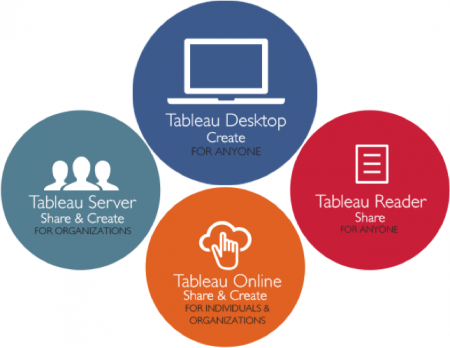Pros
Completely Interactive. Tell a story with your data. Filter and step from summary to detail level data in real time.
Self Service. Minimal IT involvement throughout the entire development process.
Agile. Easily iterate on your development with no impact to existing business operations.
Short Learning Curve. Tableau makes it relatively easy to build a beautiful dashboard.
High Performance. Tableau’s proprietary datasource (Tableau Data Extract) enables you to take the load off the database and store data in a column based, high performance TDE file.
Real Time. Live Connections between Tableau and your data are possible. Keep in mind that an already slow database will not be faster in Tableau when reading data.
Easy to share. Send your Tableau Workbook along with all the data you are using in one simple packaged file
Cons
Not a Data Warehouse replacement. Tableau is not an ETL tool. Garbage in, garbage out.
Not meant for operational reporting. If it looks like excel in Tableau, you’re doing it wrong.
Output Limitation. By default Tableau limits the number of columns (dimensions) displayed in a table to 6.
No version management. Manually save different versions of your workbook incase you need to rollback.
Highly Formatted Reports. Tableau is not able to create reports that resemble something like a Utility Bill.

